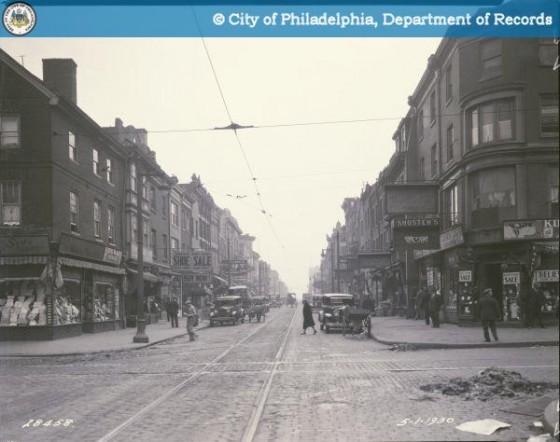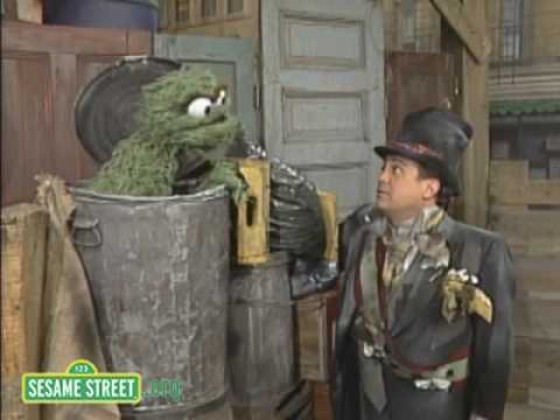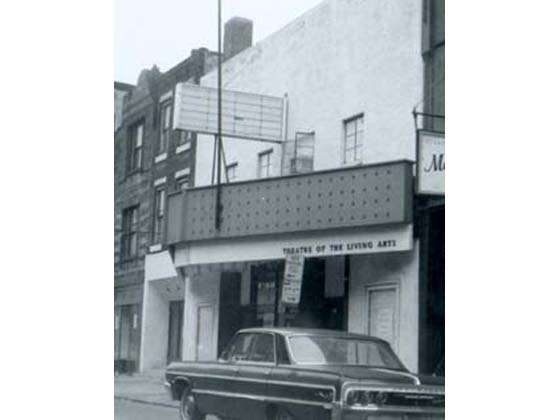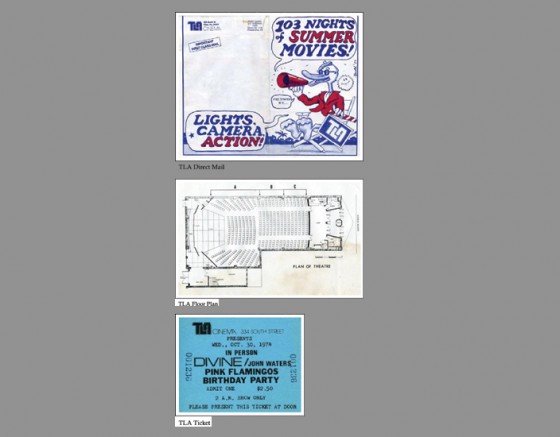South Street’s Theatre of the Living Arts (TLA) has been a mainstay on Philadelphia’s visual and performance art landscape since its founding in 1964. Though the venue officially became Fillmore Philadelphia at the TLA in 2007, its longstanding moniker is still preferred by just about everybody. The sentimentality is not misplaced given the building’s important role in its neighborhood’s cultural history.

TLA today
Larger than the surrounding tailors, clothiers and cobblers in its midst, the building constructed in 1908 was called the Crystal Palace. According to Rivest’s Ultimate List of Movie Theatres, this was among more than 100 Nickelodeons that proliferated throughout the city in the aughts and teens. In 1927, at the start of Hollywood’s Golden Age, RKO-Warner Bros. occupied the building and renamed it the New Palace Theatre. According to Shawn Evans of PhillyHistory.org, this would make it one of 275 new full-length motion picture theatres to open in Philly through 1932. Though the theatre itself is not visible, the photograph here, taken from the Department of Records, shows South Street, looking west from 3rd. The New Palace Theatre is on the left side, roughly 2/3’s of the way down the street.

South Street in the 1930s
As the complexion of South Street changed from immigrant marketplace to bohemian Mecca, so too would the theatre change. The New Palace folded in the early 60s and reopened shortly thereafter as home to a troupe of local actors and artists. According to TLA Style, the avant-garde performance group calling itself the Theatre of the Living Arts was founded by director Andre Gregory and included such future stars as Morgan Freeman, Judd Hirsch and Danny Devito. Devito and Hirsch are seen here below, performing on what appears to be South Street.

Well, not really
The theatre is shown here below in an undated photo during one of the theatre’s many transitional periods.

In the late 1960s perhaps?
It was at this juncture, in 1971, that it once again turned its attention to cinema, though of a different kind. The mailers, floor-plan and ticket-stub taken from the TLA Style site and shown here below capture the theatre’s general fare during America’s heyday of art-house cinema. Indeed, the TLA would become a foremost forum for Rocky Horror Picture Show screenings and all the cross-dressing fanfare attendant thereto.

From the past
A 1987 article in The Hour would report that with the inception of the VHS cassette, interest in this type of cinema experience declined considerably, providing a segue for yet another transition, this time to the music venue that we know today.
If any of our readers are in possession of photos of the venue during its time as either the Crystal Palace on the New Palace Theatre, please feel free to share.
–David Tomar

Leave a Reply